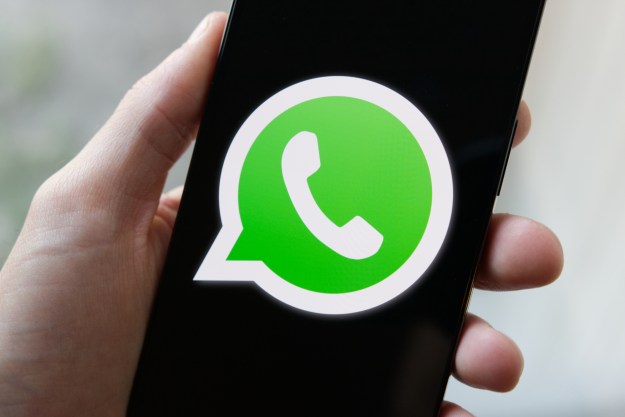
Weighing in at just five ounces, Lazertouch is touted by Chinese company Easitech as the world’s first mini projector that transforms any surface into a finger-activated touchscreen. Lazertouch works by projecting a display that can range from a tablet-sized 20-inch screen to an enormous 150-inch display on practically any surface, all at a brightness of 250 ANSI lumens and a resolution of 720P. This, in theory, creates a virtual touchscreen or an interactive smart board meant for a number of settings, from meetings to movies to VR.
Whenever your finger or a stylus touches the laser beam emitted by the projector, a sensor detects the interference, which should allow you to interact with the projection, either adding a comment, double clicking on an icon, pressing “pause” or “play” for a movie, or anything else you’ve become accustomed to doing on a physical touchscreen device.

Lazertouch works very similarly to a tablet PC. The system runs on Android OS, and features include downloadable apps, speakers, 32GB of storage, Bluetooth, Wi-Fi, a 13,600mAh rechargeable battery, and ports for HDMI, USB, headphones and Micro SD card. Easitech also claims the system operates with a simple push-to-start mode, with no need for calibration.
Certainly, such touch-screen projection capability sounds great on paper, but how well it works in reality is of paramount concern. It should also be noted that 250 lumens of brightness is not especially powerful — while fine for close-range projections on a tabletop, you won’t be using this projector in anything other than a completely darkened room for a big-screen image, and even then, it won’t be especially bright. Also, note that, while Easitech’s description is full next-gen tech buzzwords like 4K, the projector’s display resolution is limited to 720p, which is technically HD, but not particularly impressive at screen sizes any larger than, say, 55-inches.
Still, if nothing else, the laser technology at play enabling a projector to act as a touch-screen interface is interesting, and the Lazertouch could be a sign of things to come.
If you’re feeling like rolling the dice on a crowdfunded projector out of China, you can pre-order the Lazertouch via its recently launched Indiegogo campaign.
Editors' Recommendations
- I wore a smartwatch that’s unlike any you’ve seen before
- You Asked: Big TVs vs. projectors, and OLED vs. LED for cinematic experience
- AMD’s new CPUs let you play Cyberpunk without a graphics card
- Swatch lets you put a stunning Webb space image on a watch face
- Tidal will finally let you see which hi-res tracks are FLAC versus MQA


